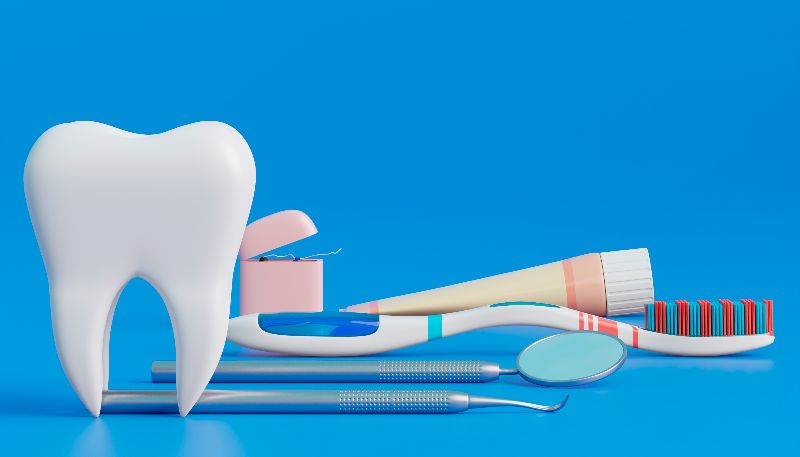by Case Western Reserve University
Credit: JAMA Network Open (2024). DOI: 10.1001/jamanetworkopen.2024.18217
Primary care pediatric clinicians could influence parents' decisions to take their children to the dentist, according to a new clinical trial.
In a study published July 9 in JAMA Network Open, researchers showed that children's dental visits increased when providers were trained to talk to parents about oral health, perform quick oral exams and provide dental referrals during annual medical checkups.
The research, led by epidemiologist Suchitra Nelson, professor and associate dean at the Case Western Reserve University School of Dental Medicine, found that improving dental attendance by children receiving services through public health insurance provider Medicaid could help reduce untreated tooth decay and oral health disparities in communities experiencing disadvantage.
Among preschool-aged children from lower-income households, 17% have untreated cavities in their baby teeth—three times that of children from higher-income families, according to the NIDCR. Also, Hispanic and non-Hispanic Black children have even higher rates of untreated tooth decay, compared to non-Hispanic white children.
"Since children from all backgrounds go to well-care visits, we thought we'd use these checkups as opportunities," Nelson said. "By having primary care providers address dental and oral health care, it sends a powerful message to parents on the importance of following up with a dentist."
For the study, Nelson and her team provided 63 pediatric clinicians with oral health-related education and skills training, including looking for white or brown spots on children's teeth, noting findings in the electronic health record, providing a referral to a dentist and talking to parents about oral health.
The providers also received a list of local dentists who accepted Medicaid to whom they could refer families. The trial followed 1,023 children enrolled in Medicaid and their parents over three years. About half the children received a typical medical wellness visit and the other half received the oral health intervention during their annual wellness appointment.
By the third-year wellness visit, 52% of the children in the intervention group had visited a dentist, compared to 43% in the control group. This means that the children in the intervention group were 34% more likely to visit the dentist than children in the control group.
By the end of the study, the intervention group trended toward having fewer untreated decayed teeth than the control group.
Among the study's main goals was to find how to emphasize the importance of regular dental checkups for children as part of a holistic health approach. It's commonly believed that because young children lose their baby teeth, they don't need regular cleanings or cavity treatment. But without regular dental care, the bacteria that cause tooth decay can remain in the mouth and attack emerging adult teeth.
Nelson said her team plans to increase their efforts to use this strategy and educational toolkit to reach health care providers nationally.
The study's findings follow a 2023 U.S. Preventative Task Force (USPTF) statement identifying a lack of evidence to determine whether the benefit of providing oral health care during primary care visits for children older than 5 outweighed any harm. In 2021, the USPTF came to a similar conclusion for children younger than 5.
"This latest study is an example of the research needed to demonstrate the value of integrating dental and medical care," said NIDCR Deputy Director Jennifer Webster-Cyriaque. "By bridging these disciplines, dental and medical providers can work better together to reach all children to reduce oral-health disparities and to improve children's health."
More information: Suchitra Nelson et al, Multilevel Interventions and Dental Attendance in Pediatric Primary Care, JAMA Network Open (2024). DOI: 10.1001/jamanetworkopen.2024.18217
期刊信息: JAMA Network Open
Provided by Case Western Reserve University







Post comments